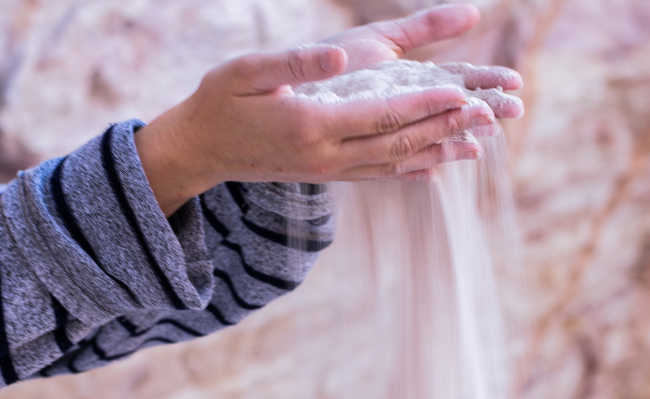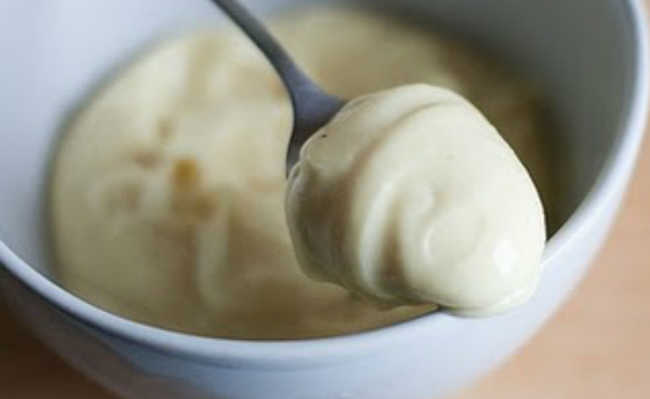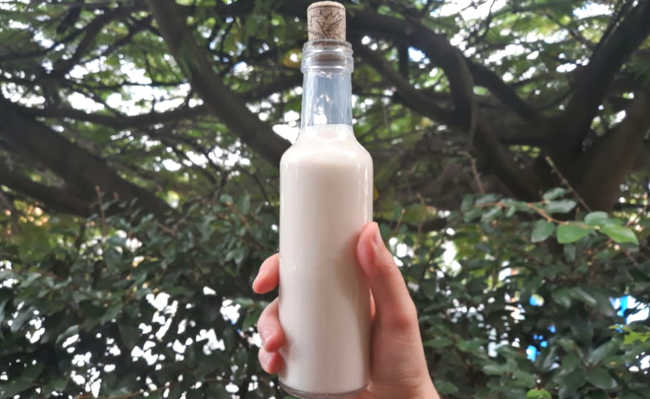Arnica: what is it for and benefits
Arnica tea, gel and ointment can be used externally as anti-inflammatory and analgesic. Understand
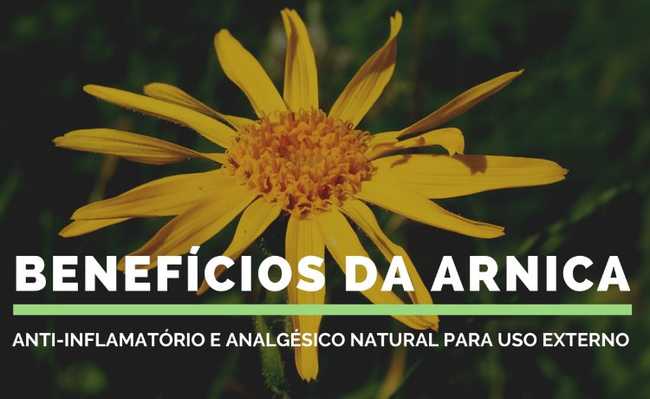
What is arnica?
Arnica is the popular name for the scientific name plant species. arnica montana, a plant native to the mountains of Europe and Siberia, used for centuries in alternative medicine to treat pain and inflammation from various conditions.
Due to the yellow color of its flowers and the similarity of its petals to the petals of the daisy, arnica is also called "mountain daisy".
Arnica ointment, its gel and tea are the most used alternatives to obtain the plant's therapeutic benefits. However, arnica can also have unwanted effects.
What is arnica for?
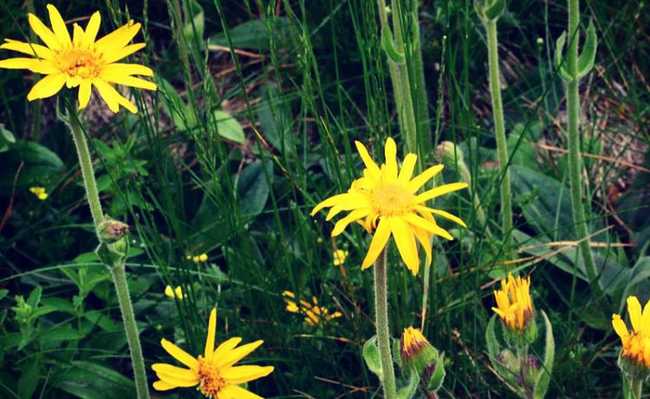
Image: Arnica montana by Enrico Blasutto is licensed under (CC-BY-SA-2.5)
Arnica gel, tea and ointment made from the flower of the plant can be used externally to treat:
- muscle aches
- bruises
- joint pain and swelling
- inflammation
proven benefits
Arnica is commonly used to treat bruises, so it is popular with people who have recently had surgery, especially plastic surgery. Although scientific research is inconclusive on the benefits of arnica and what it is for, arnica ointment, its gel and tea are known to help fight pain and treat skin bruises.
A 2006 study of people who underwent rhytidectomy (plastic surgery to reduce wrinkles) showed that homeopathic arnica can significantly improve wound healing. Another study, published by the platform PubMedconcluded that arnica is effective in treating a variety of post-operative conditions, including swelling, bruising, and pain.
how to use arnica
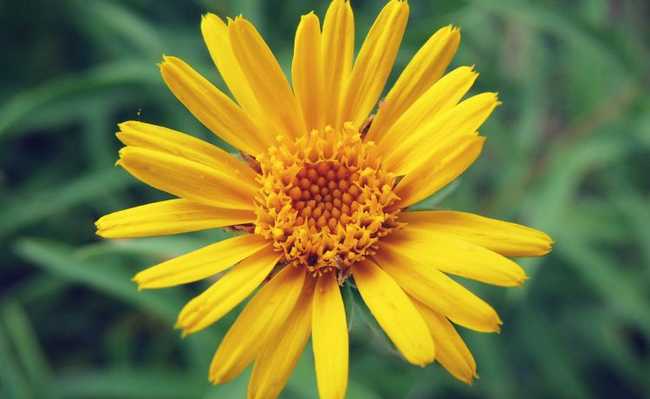
Image: Arnica montana by xulescu_g is licensed under (CC BY-SA 2.0)
If you plan to use arnica to treat pain, never take it by mouth. To obtain the benefits of arnica, it is recommended to apply arnica gel to the pain site. It is not recommended to ingest arnica, as larger doses undiluted too well can be fatal.
You can make use of arnica homeopathic remedies, but that's because homeopathic products are highly diluted. The herb itself should not be placed in the mouth.
How to make arnica tea for external use
To prepare arnica tea for outdoor use you will need a handful of fresh arnica flowers and four tablespoons of water.
Boil the water, turn off the heat, add the flowers and leave covered for about five minutes. Okay, if it's not too hot you can use it to make arnica compress in the painful areas.
unwanted effects
Other research has given different results as to the effectiveness of arnica. A study published in the Annals of Pharmacotherapy concluded that the use of arnica increases leg pain 24 hours after a calf exercise routine.
Precautions and Side Effects
It is not recommended to apply arnica to wounds or use it for long periods of time as it may cause irritation. In addition, it is recommended that pregnant or breastfeeding women consult a physician or physician before using arnica.
Some people may have allergic or hypersensitivity reactions to arnica. If this happens, you must stop using it immediately. People allergic or hypersensitive to any plant in the family Asteraceae should avoid using arnica. Examples of plants in this family include:
- dahlia
- daisy
- dandelion
- marigold
- sunflower
To learn more about the dandelion, take a look at the article: "Dandelion: plant is edible and has health benefits".





